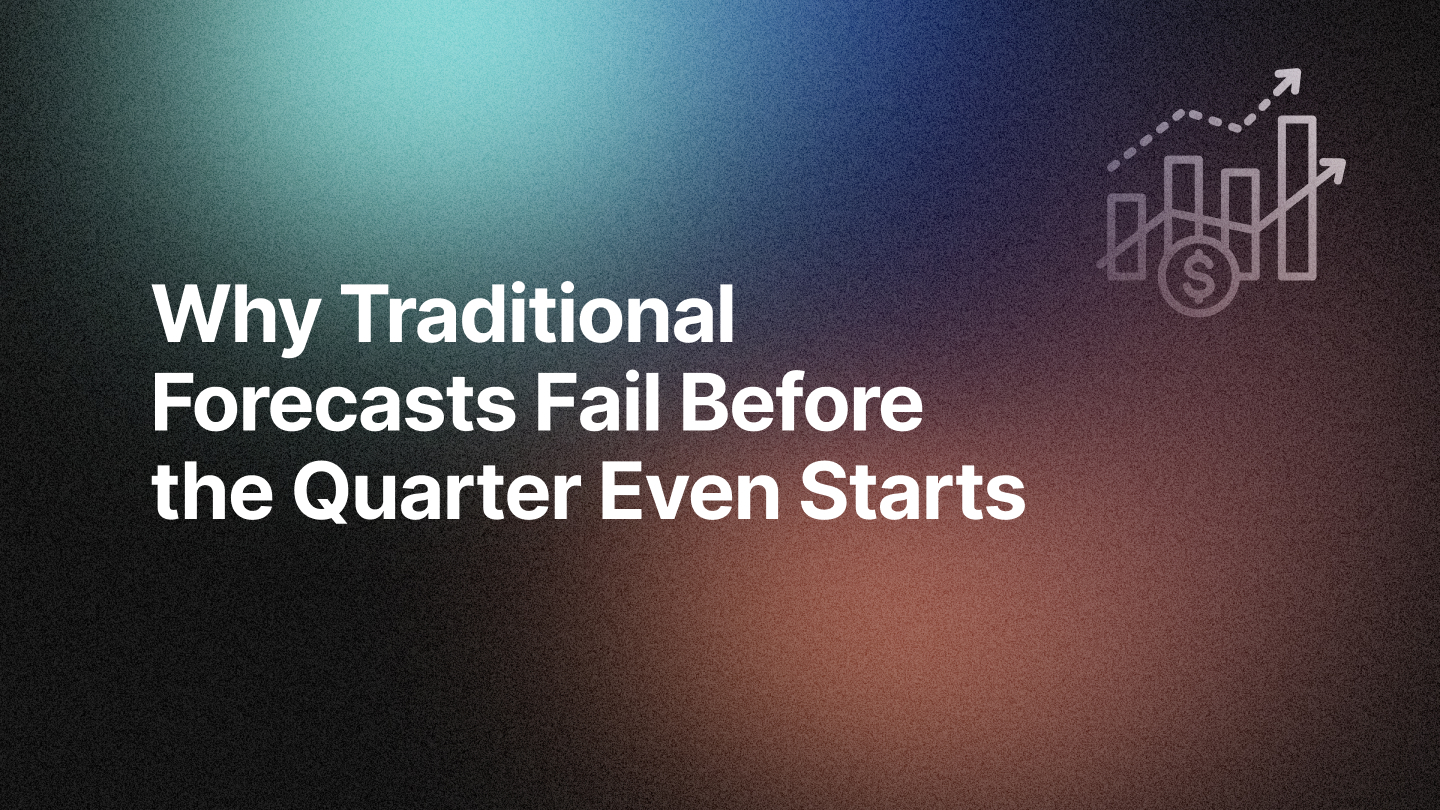In 1694, the Bank of England chartered what would become the world’s first institutionalized board of directors. Over 300 years later, that concept is still evolving, only now, the B2B SaaS boardroom looks a lot more like a data war room than a ceremonial oversight body.
With 1100+ unicorns globally and a 2.5% startup-to-unicorn conversion rate (per AngelList), the stakes are higher, the decisions sharper, and the scrutiny deeper than ever before.
The Board Is More Analytical Than Ever
Gone are the days of glossy board decks with headline metrics. Today's boards, often composed of ex-founders, operators, and data-minded investors, demand granular clarity.

It’s no longer just “show us the revenue.”
It’s:
- What’s your MQL-to-SQL conversion by segment?
- How does pipeline coverage differ by territory?
- Why did the leads from a $500K LinkedIn campaign fail to move past SAL?
Many boards now request direct access to CRM and GTM analytics to answer these questions themselves.

The Funnel Is Now a Board-Level Concern
Once siloed across marketing, sales, and RevOps, full-funnel ownership has shifted upstream. Boards now care about:
- Which campaigns generate true pipeline, not just MQLs
- What percentage of leads reach SAL and why
- Where the bottlenecks are, and who owns fixing them
This change reflects a broader move toward pipeline health and funnel accountability as leading indicators, not just lagging revenue figures.
Working With a Data-Driven Board
According to Gartner, 57% of board members increased their risk appetite in 2022, but they’re not flying blind. They want data to support risk-taking.
Boardroom Qs you’re now expected to answer:
- Are we attracting the right leads at the top?
- Which parts of the GTM funnel are leaking?
- What is our ROI per channel, segment, or persona?
- What does our ICP conversion data tell us?
Boards now treat funnel health as a proxy for company health.
The New Board Prep Cheat Sheet
To win the confidence of a hyper-analytical board, RevOps leaders must:
1. Know Your Business Metrics
Ensure definitions are standardized across teams. (Yes, even MQL might mean different things across regions.)
2. Centralize and Scale Your Funnel Insights
Google Sheets and exports won’t cut it. You need a platform that can answer: “How many MQLs from pharma, via LinkedIn paid, converted to SQLs last quarter?” Try RevSure’s Unified Funnel & Cohort Intelligence for full-funnel visibility, by segment, campaign, channel, and cohort.
3. Conduct an Internal “Board Meeting”
Before presenting externally, gather your functional heads and review the data like your board would. Pre-surface the red flags, build answers.
Your Analysis Is Only As Strong As Your Analyst Stack
Boards aren’t demanding data for the sake of it. They’re asking because they know what a solid GTM engine looks like, and they’ve seen the opposite too many times.

RevSure’s platform gives your team:
- Live full-funnel metrics
- Predictive analytics across buyer journeys
- Detailed pipeline diagnostics by region, segment, campaign
- ICP validation based on real conversion behavior
Let your best minds analyze. Let the platform do the stitching.
Final Word: From PowerPoint to Predictive
Today’s SaaS boards don’t want decks. They want data. Not just what happened, but why it happened, and what happens next. RevSure helps you bring that level of clarity to the boardroom, backed by analytics, not assumptions. Book a Demo and show your board the signal behind your strategy.
Happy Hustling!
Related Blogs








